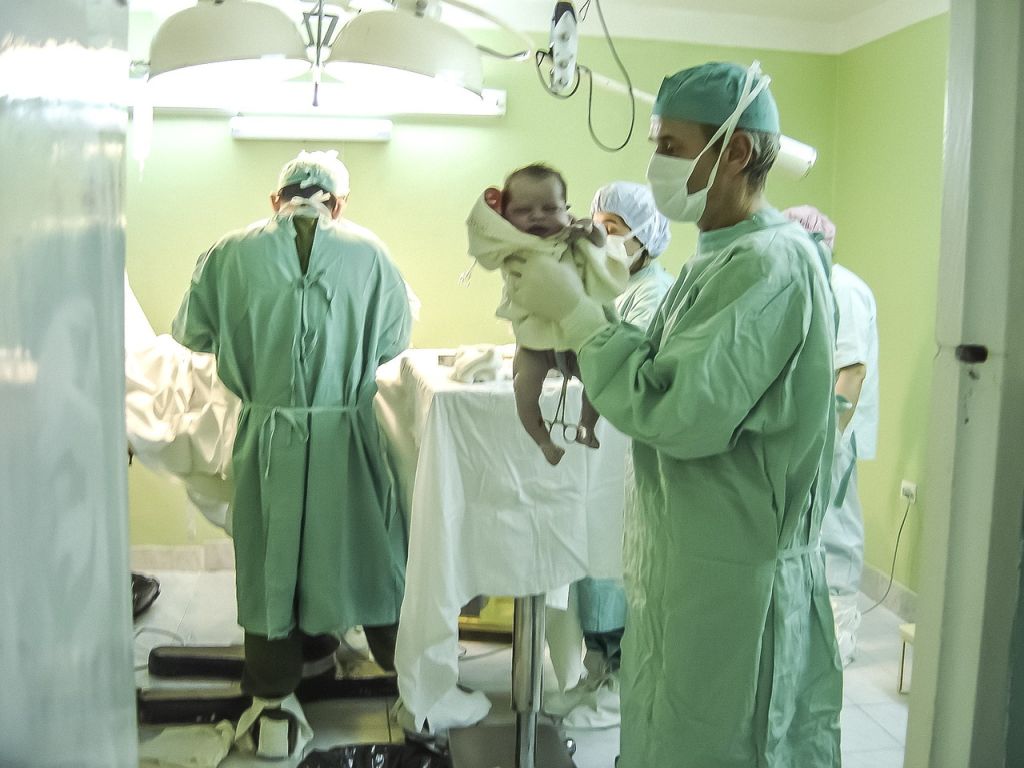
Pediatric healthcare is a dynamic field that continuously evolves to meet the unique needs of infants, children, and adolescents. With advancements in medical technology, research, and an increased understanding of pediatric health, there have been significant improvements in the diagnosis, treatment, and prevention of diseases in young populations. This blog post explores some of the most notable recent advancements and best practices in pediatric healthcare.
1. Telemedicine in Pediatric Care
The COVID-19 pandemic accelerated the adoption of telemedicine across all medical fields, including pediatrics. Telemedicine has proven to be an effective tool in providing healthcare services to children, especially in remote and underserved areas. It allows pediatricians to conduct virtual consultations, follow-ups, and even some diagnostic evaluations without the need for in-person visits. This not only reduces the risk of infectious disease transmission but also increases accessibility to specialized pediatric care.
Best Practices:
- Ensure secure and user-friendly telemedicine platforms.
- Train healthcare providers and patients on the effective use of telehealth tools.
- Maintain detailed electronic health records to facilitate seamless care continuity.
2. Genomic Medicine and Personalized Care
Genomic medicine is becoming increasingly important in pediatrics, enabling more precise diagnoses and personalized treatment plans. By understanding a child’s genetic makeup, healthcare providers can predict susceptibility to certain diseases, identify genetic disorders early, and tailor treatments to the individual’s genetic profile.
Best Practices:
- Implement genetic screening and counseling as part of routine pediatric care.
- Collaborate with geneticists to interpret genomic data accurately.
- Educate families about the benefits and limitations of genomic medicine.
3. Advancements in Vaccination
Vaccination remains one of the most effective strategies in preventing infectious diseases in children. Recent advancements include the development of new vaccines and improved formulations of existing ones. For example, the introduction of the HPV vaccine for younger age groups and advancements in influenza vaccines have significantly impacted pediatric health.
Best Practices:
- Follow the latest vaccination schedules recommended by health authorities.
- Educate parents and caregivers about the importance and safety of vaccinations.
- Monitor and address vaccine hesitancy through clear communication and evidence-based information.
4. Mental Health and Behavioral Pediatrics
There is growing recognition of the importance of mental health in pediatric care. Recent trends include increased screening for mental health issues, early intervention programs, and the integration of mental health services into primary pediatric care. Conditions such as anxiety, depression, ADHD, and autism spectrum disorders are receiving more attention and resources.
Best Practices:
- Conduct regular mental health screenings during pediatric visits.
- Develop multidisciplinary teams to address mental and behavioral health needs.
- Provide resources and support for families dealing with mental health issues.

5. Innovations in Pediatric Surgery
Minimally invasive surgical techniques have revolutionized pediatric surgery, leading to shorter recovery times, reduced pain, and lower risks of complications. Techniques such as laparoscopy and robotic surgery are increasingly being used for a variety of pediatric conditions, from appendectomies to complex congenital heart defects.
Best Practices:
- Train surgical teams in the latest minimally invasive techniques.
- Use child-friendly approaches to explain procedures to young patients.
- Provide comprehensive post-operative care and follow-up.
6. Chronic Disease Management
The management of chronic diseases in children, such as asthma, diabetes, and cystic fibrosis, has improved significantly with advancements in medical devices and personalized treatment plans. Continuous glucose monitors for diabetes and smart inhalers for asthma are examples of how technology is enhancing disease management.
Best Practices:
- Educate families on the use of medical devices and the importance of adherence to treatment plans.
- Establish patient-centered medical homes to coordinate care for children with chronic conditions.
- Use data from monitoring devices to adjust treatments in real-time.
7. Nutrition and Obesity Prevention
Nutrition plays a crucial role in pediatric health, and there is a growing emphasis on preventing obesity and promoting healthy eating habits from a young age. Recent trends include the integration of nutrition education into school curriculums and the promotion of breastfeeding as the optimal source of nutrition for infants.
Best Practices:
- Provide nutrition counseling during pediatric visits.
- Advocate for policies that promote healthy food environments in schools and communities.
- Support breastfeeding initiatives and educate parents on infant nutrition.
8. Emerging Infectious Diseases and Pediatric Preparedness
The emergence of new infectious diseases, such as COVID-19 and RSV, has highlighted the need for preparedness in pediatric healthcare. Rapid response protocols, updated infection control practices, and ongoing research into pediatric-specific treatments are essential components of managing emerging health threats.
Best Practices:
- Stay informed about the latest guidelines for managing emerging infectious diseases.
- Implement stringent infection control measures in pediatric settings.
- Participate in ongoing research and clinical trials to improve pediatric care during pandemics.
9. Digital Health and Wearable Technology
Digital health technologies and wearable devices are transforming how pediatric care is delivered. Wearable devices can monitor vital signs, track physical activity, and even detect early signs of health issues. These technologies provide valuable data that can enhance preventative care and early intervention.
Best Practices:
- Integrate wearable technology into routine pediatric care.
- Educate families on the benefits and proper use of wearable devices.
- Use data from digital health tools to inform clinical decisions and personalize care.
10. Family-Centered Care
Family-centered care is a holistic approach that involves families as active participants in their child’s healthcare. This approach recognizes the importance of considering the family’s needs, preferences, and values in the care process. It has been shown to improve patient satisfaction, adherence to treatment plans, and overall health outcomes.
Best Practices:
- Engage families in the decision-making process.
- Provide education and support resources tailored to the family’s needs.
- Foster open communication between healthcare providers and families.
Conclusion
The field of pediatric healthcare is experiencing rapid advancements that are improving the health and well-being of children worldwide. By staying abreast of these trends and implementing best practices, healthcare providers can ensure that they deliver the highest quality care to their young patients. From telemedicine and genomic medicine to mental health integration and family-centered care, these advancements are paving the way for a healthier future for our children.